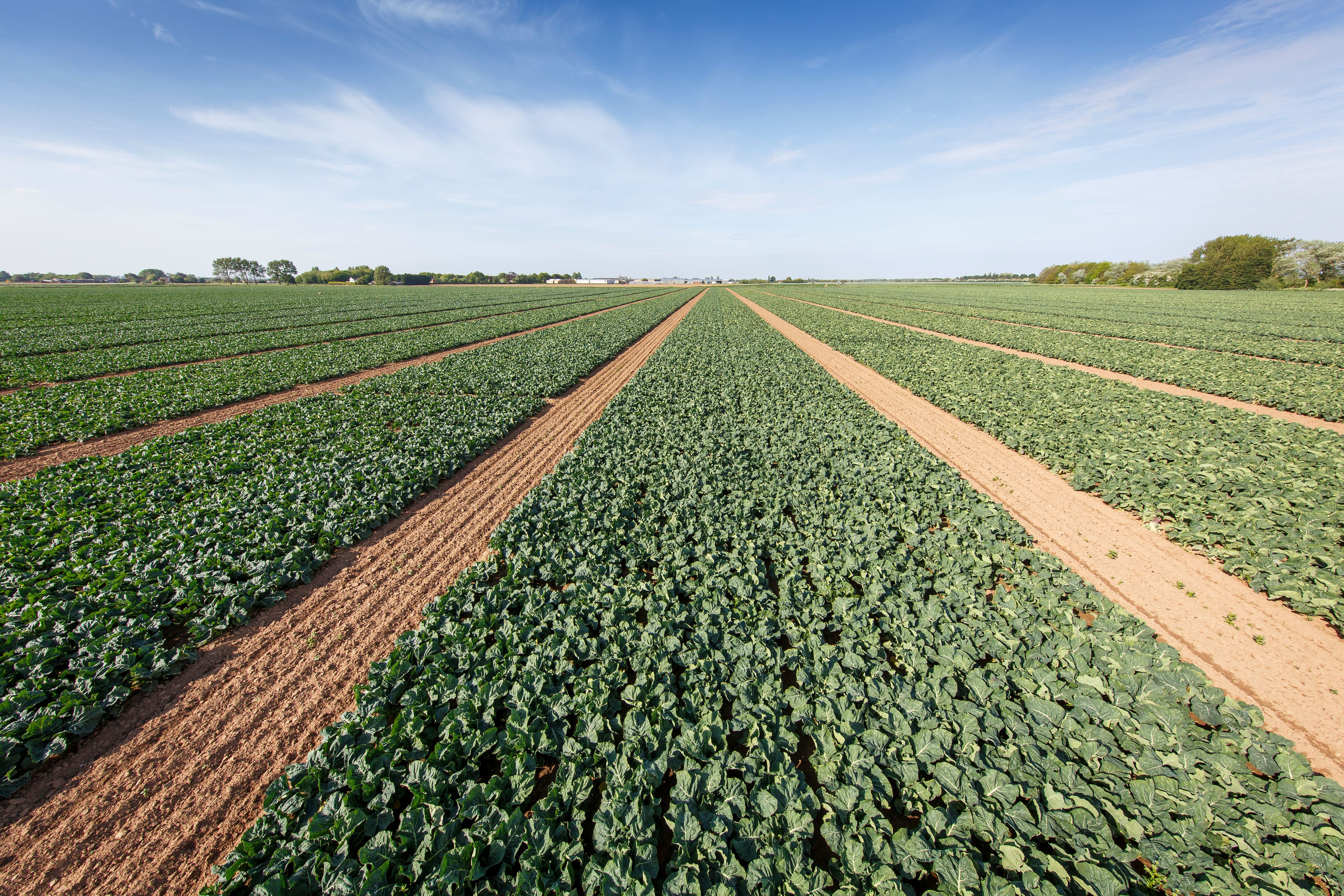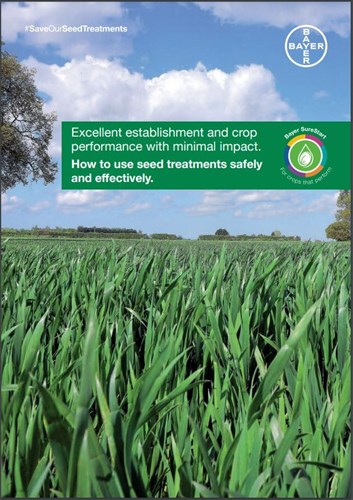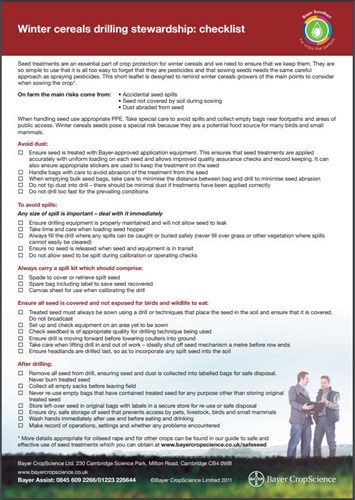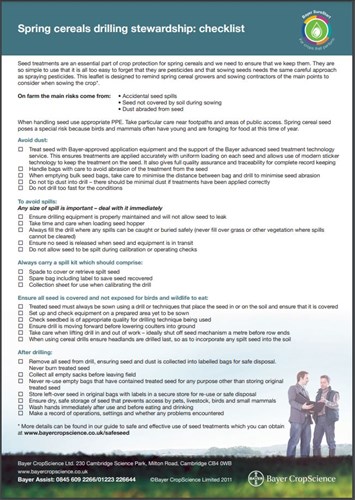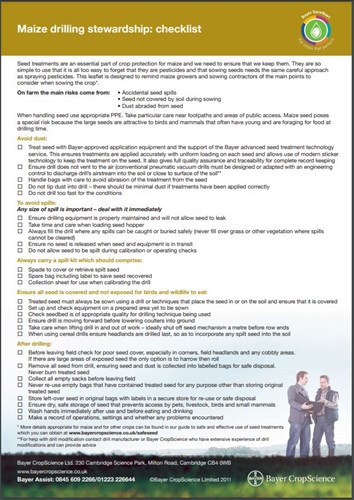Effective stewardship is crucial to demonstrating our professional and responsible use of seed treatments. Simply, we must all handle treated seed carefully and according to recommended guidelines – and be seen to be doing so. And by ‘all’, we mean everyone, from manufacturers like Bayer, to the seed trade, treaters and growers.
Save our seed treatments
It’s time for a balanced argument
